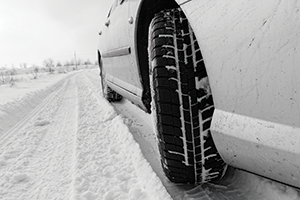I could use some winter tire advice. I will be purchasing winter tires for my new to me 2012 Chrysler Town and Country Touring-L. I also want to buy decent looking rims as well. I hate those awful looking steel rims that rust and look like crap. Could I get some suggestions as to a good winter tire and where is a good place to buy the rims? Also if I get new rims what happens with the TPMS?
I am looking at some tires at Canadian Tire that are on special right now. They are the Bridgestone Blizzak WS90 or the Michelin X-Ice snow and also wondering if checking with the junkyards to see if they have some decent rims that come off a 2012 Chrysler Town and Country.
Would appreciate any advice you can offer.
I am looking at some tires at Canadian Tire that are on special right now. They are the Bridgestone Blizzak WS90 or the Michelin X-Ice snow and also wondering if checking with the junkyards to see if they have some decent rims that come off a 2012 Chrysler Town and Country.
Would appreciate any advice you can offer.










